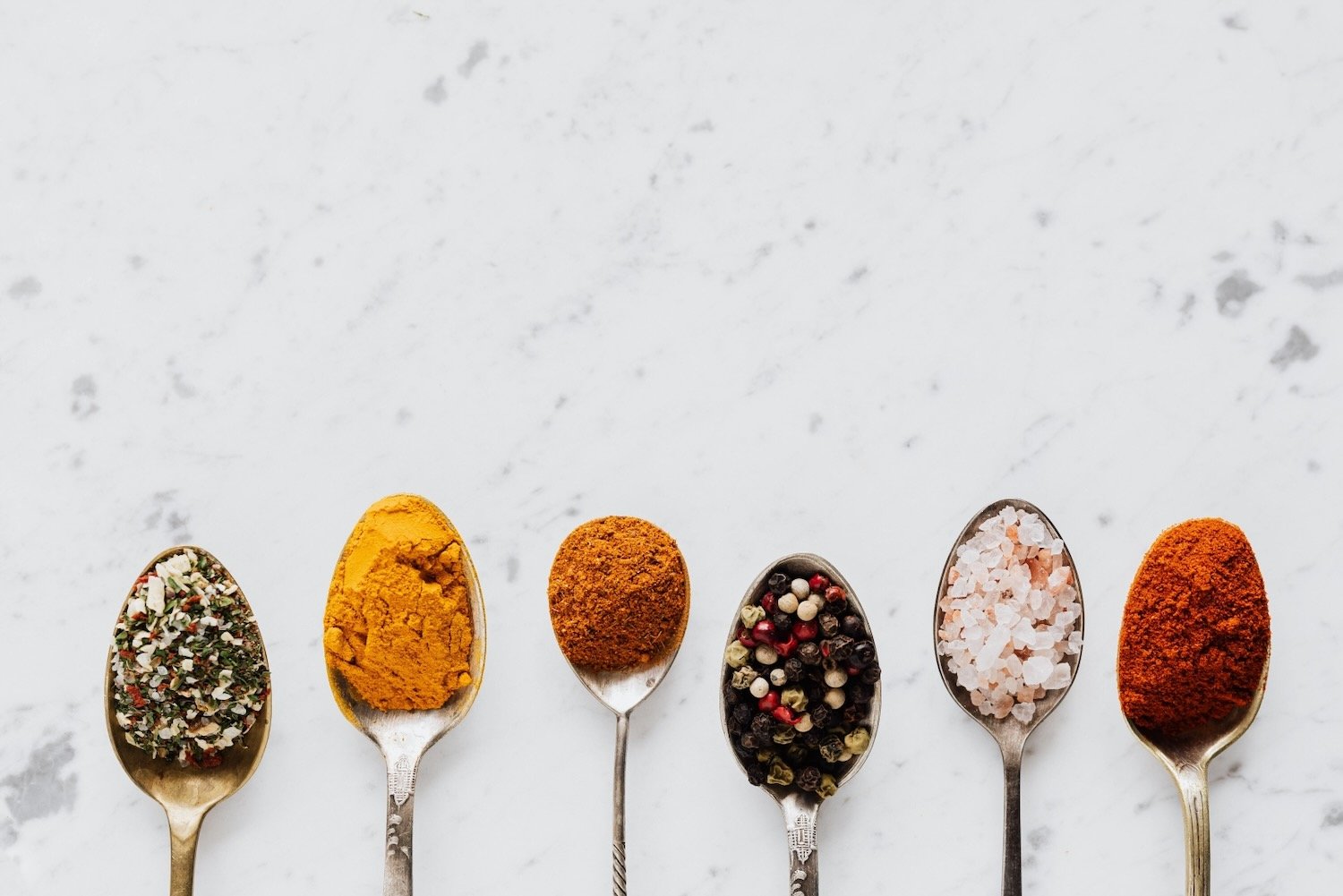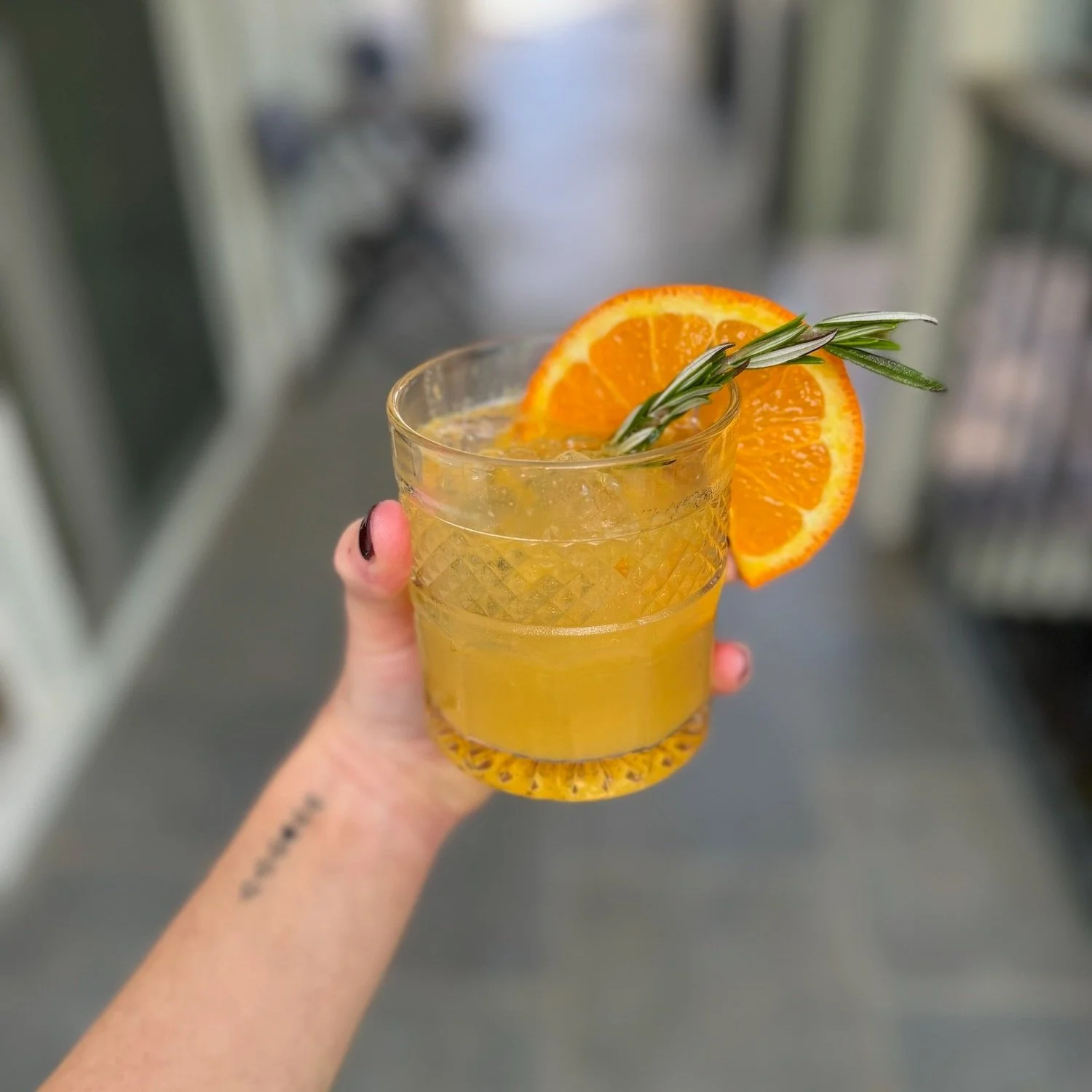Are You A Supertaster?
by The Candidly Team
Ok, so for starters, do you even know what a “supertaster” is? Because when I first heard it, I immediately thought of it as some magically heightened sensory superpower like the capacity to eavesdrop on people whispering about you three rooms away. Or the ability to make out the “possible side effects” printed on a pill bottle without the use of a magnifying glass…he he, we’re old.
Anyway, maybe we’re a little late to the party in terms of knowing what kind of taster we are. Or that there are 3 types of taster: supertaster, medium taster, and non-taster. Which one are you? And why does it matter? Ahhh, well that’s exactly what we’re here to reveal.
Here’s how it breaks down. About half of people in the U.S. are plain old, medium tasters. About 25% are non-tasters. And the last 25% are estimated to be supertasters, though amongst women, it’s more like 35%.
The way we taste things (via our tastebuds) is part of our genetic makeup, not a matter of opinion. Our tastebuds only pick up five flavors, which are:
Bitter
Sweet
Salt
Sour
Umami
If one of these flavor receptors is out of whack, it completely changes the way we experience food.
Falling into any one of these categories of taster can affect us in ways we may not entirely expect. Getting to know them is therefore useful, both for fun-fact purposes, but also for our health.
So, what kind of taster are you?
1. THE NON-TASTER
This is certainly the saddest sounding taster type. The name does, after all, imply that you lack the ability to taste things as intensely. But all it really means to be a non-taster is that you have fewer tastebuds and probably need your food to pack more of a punch to be satisfying.
Signs You’re A Non-Taster
--Take this “quiz:”
You reeeeaaaally like spice.
You season with a passion.
You aren’t afraid of, in fact you seek out, a bold, strong flavor whenever possible.
A lot of the foods you like are considered high in fat.
You might say you have a sweet tooth. Like a serious one.
The taste of cigarettes doesn’t bother you in the slightest.
--Try The Tastebud Test:
Choose a hole-punch size surface of your tongue to examine and count your visible tastebuds (yeah, those little hole/ bumpy spots on your tongue). Some have suggested staining your tongue with red wine or food colored water first, so it’s easier to see. Or maybe try a blue lollipop (if you can stand the sweetness.) If you have fewer than 15 buds, you’re probably a non-taster.
Why it matters:
The overall health effects of being a non-taster versus a medium or a supertaster are still being investigated, but what we do know is fairly fascinating and can be helpful to those of us who find ourselves falling into one of the two non-medium categories.
--Pros
Unlike a supertaster, as you’ll discover, a non-taster doesn’t necessarily have an aversion to certain foods based on their taste buds, so they don’t necessarily avoid things that are good for them.
--Cons
As you can imagine being more drawn to a high-sugar and high-fat diet can cause supertasters to eat and weigh more. They may struggle with obesity or other common health issues that come with consuming too much sugar and fat.
They’re more likely to drink and smoke, because they can stand those more intense flavors.
2. THE MEDIUM TASTER
We’re gonna breeze right through this category, because basically being a medium taster, which half of people are, simply means you have an average number of tastebuds, and you aren’t as affected by some of the extremes or impositions endured by non-tasters and supertasters.
Why it matters:
We’ll be frank. It’s good to know where you are on the spectrum, because it informs how and why you eat the way you do. But where taste is concerned, there’s definitely more info around being on one side of the spectrum or the other rather than right in the middle where you’re less affected.
--Pros
You can try different foods and different diets with a fair amount of ease. Again, you’re unburdened by the overwhelming and underwhelming flavors other taster types experience.
--Cons
No one wants to be called medium, not even where tastebuds are concerned.
Signs you’re a medium taster:
Take the quiz for being a supertaster and a non-taster. If you find yourself not really relating to most of the statements and falling more toward the middle, you’re likely a medium taster.
--Try the tastebud test:
Follow the same counting instructions above. If you have 15-35 tastebuds in a hole-punch sized area of your tongue, you’re probably a medium taster.
3. THE SUPERTASTER
The name really makes it sound like a supertaster would be the most favorable of the 3 categories. Like it might make exceptional food even better, or blah food kind of bearable. Or at least, it could help us decipher a single flavor note in a Cabernet that our pretentious “wine-friend” didn’t pick up on.
Unfortunately, all it actually means is that supertasters have around 2x more tastebuds per tongue area - to use the scientific term. And those tastebuds are especially sensitive to bitter flavors. So yeah, not exactly a good thing.
While supertasters can have a bit more sensitivity to salty, sweet, and umami, for the most part, they’re just getting an intense dose of the bitter. And that affects what they feel like eating or not eating, which obviously can impact their overall health.
Signs You’re A Supertaster
--Take this “quiz:”
You’re regularly called out as a “picky eater.”
The taste of coffee and most tea is way too intense for you.
You find spicy food noticeably painful to eat.
Certain vegetables (like broccoli and spinach) taste unbearably bitter.
You crave salt (like a lot of salt) on your food as a way to make it palatable.
You don’t care as much for sweets or super fatty foods. What can you say? You’re blessed that way.
A sip of hard alcohol feels like drinking straight poison. (I mean, we know it kind of is poison, but you get what we mean.)
The flavor of a cigarette makes you want to gag.
Why it matters:
Being sensitive to bitter flavors may not seem like a big deal. So, you avoid coffee and skip the olives in a martini? Probably a good thing, no? Well, there’s a bit more to it.
--Pros:
It’s true that there may be some notable benefits to being a supertaster. “Super-tasters, especially female super-tasters, have a reduced preference for sweet, high-fat foods, have a lower body mass index (BMI), and tend to have superior cardiovascular profiles,” according to Harvard School of Health. They also often have an aversion to the nasty taste of cigarettes and alcohol, so they drink and smoke less.
--Cons:
Supertasters may not be as drawn to a lot of foods. This could lead to them eating less in general, but it can also cause them to avoid a list of foods (veggies in particular) that are really good for us. Foods like: broccoli, cauliflower, spinach, Brussel sprouts, and watercress (which, on a side note, may be the best thing for us on the planet). Sadly, this can lead to a diet low in fibrous veggies, which is likely why supertasters “have been found to have higher colon polyp counts…which are potential risk factors for colon cancer.”
Also, although we just mentioned they may not be as inclined to eat sweets, some supertasters may still gravitate toward high sugar and especially salty things to make up for their bitterness detector being turned up so high. In their effort to mask some of the more intense unpleasant flavors, supertasters tend to be biiiiiig on salt. So much so that they can be at risk for cardiovascular disease.
--Try the tastebud test:
When you do your tastebud count on your tongue, if you have 35 or more tastebuds in your hole-punch circle, you my friend, are probably a supertaster.
--And finally, you can take a saliva test. Yup, that’s right. There’s a handy little at-home test you can buy right on Amazon HERE for $18.
Take one on your own to prove to your parents you weren’t just a picky eater or with a group of friends as a fun little group activity that’s a little more science-y than Charades and a little less pretentious than wine-tasting.
This article is for informational purposes only. It is not intended to be used in place of professional advice, medical treatment, or professional care in any way. This article is not intended to be and should not be a substitute for professional care, advice or treatment. Please consult with your physician or healthcare provider before changing any health regimen. This article is not intended to diagnose, treat, or prevent disease of any kind. Read our Terms & Conditions and Privacy Policy.








